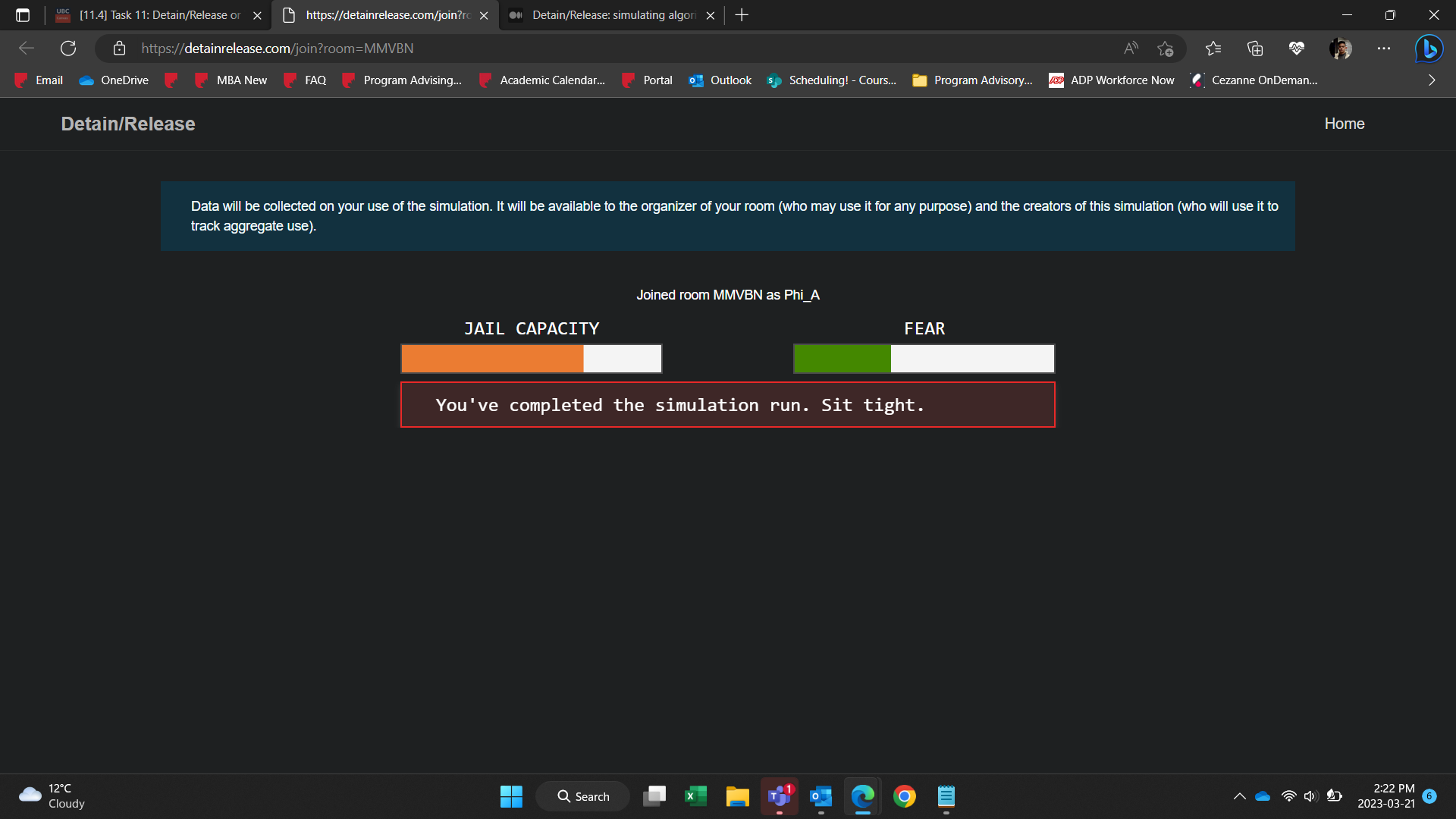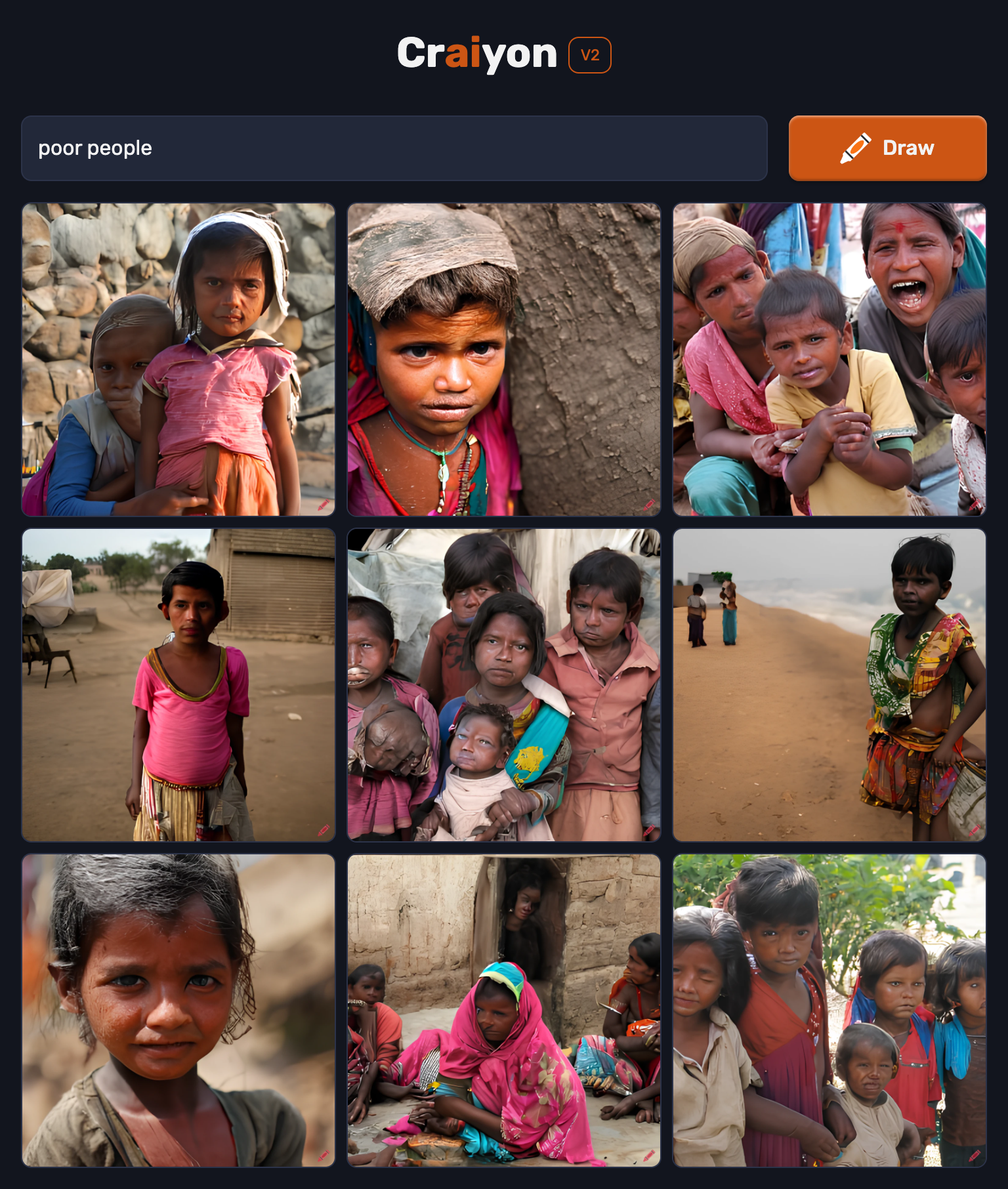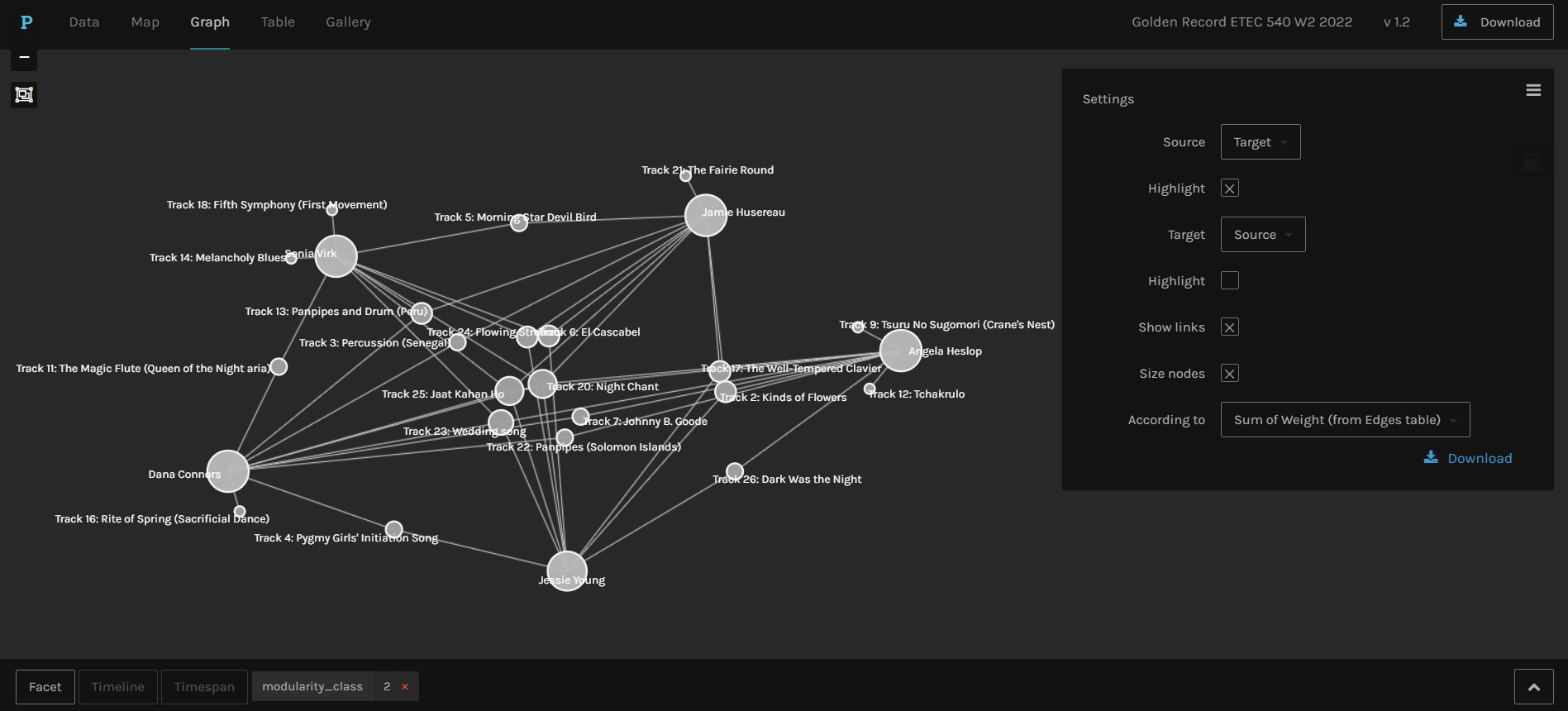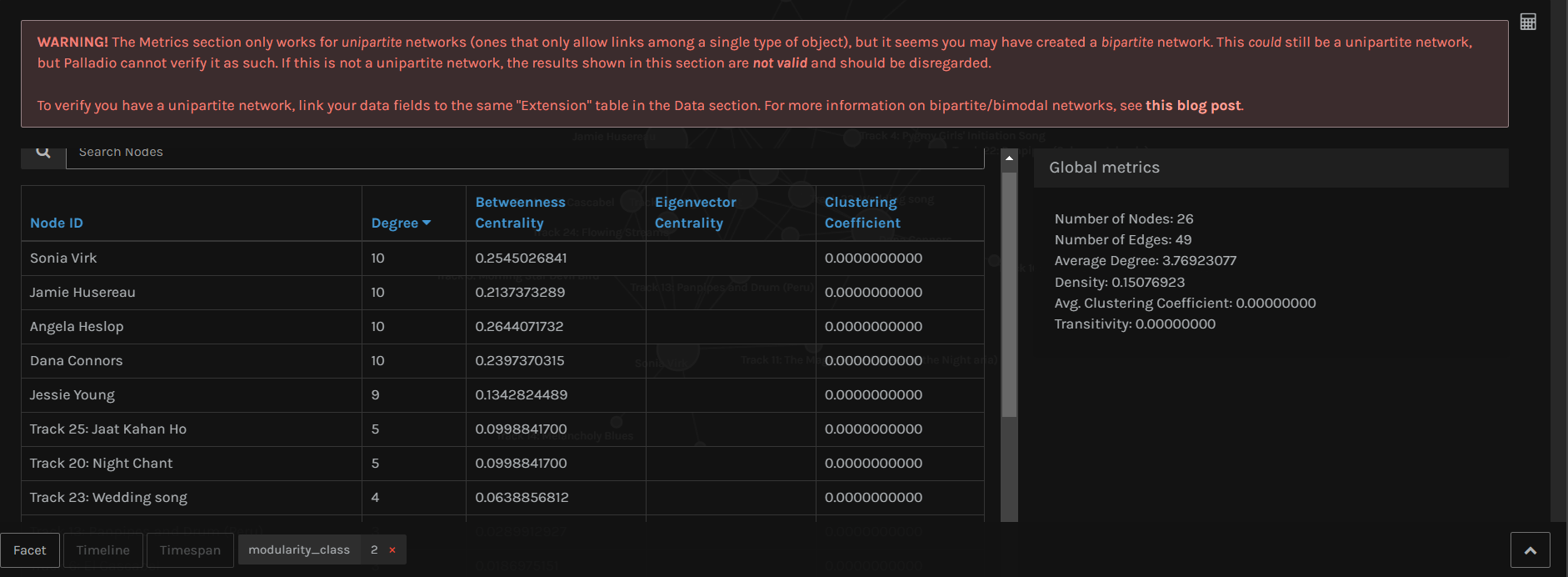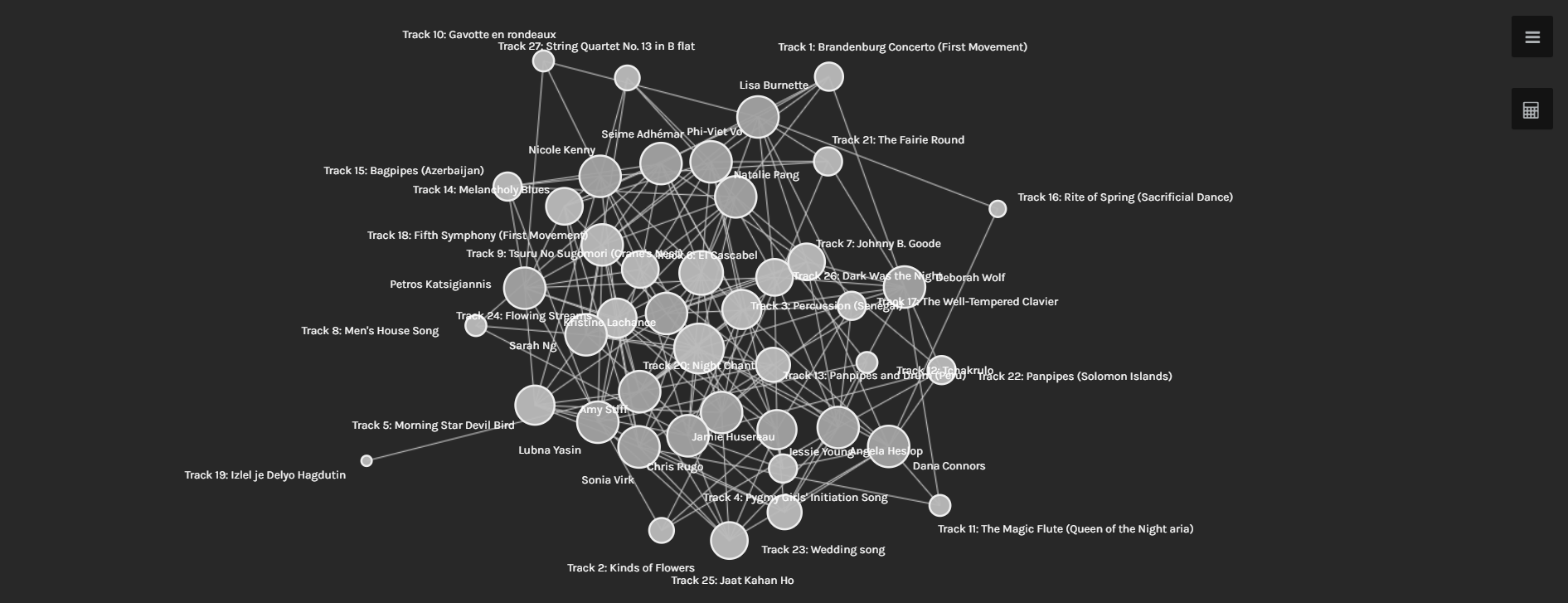Hi everyone! Here is my scenario for Task 12. There are quite a few references in there to various media, keep an eye out and see if you can spot them all. Any feedback or questions are appreciated!
Describe or narrate a scenario about an advertisement found a few years into a future in which society as we know it has come apart. Your description should address issues related to environment and elicit feelings of cheer.
The year is 2026. The COVID virus has resurged from China with a new, more powerful and dangerous strain, and the world experiences another global pandemic. Governments are shutting down shops and activities, leaving the streets empty and families struggling to survive. The war in Ukraine has now escalated to a point where multiple countries such as the US, China, and North Korea are now getting involved and threatening nuclear war. Governments bring back conscription for males ages 20-45 of age, and civil unrest grows significantly. Riots break out in the streets, looters and vandals litter the street with broken glass and graffiti on government buildings, saying “WE WANT OUR LIVES BACK”. The governments invoke martial law and the global economy shuts down due to lack of trade and the massive funding needed for militarization of countries. A curfew is introduced and anyone seen on the streets after 8 pm is shot with rubber bullets and arrested immediately.
 The deserted buildings of the city. From Alternate Toronto: Artist creates images of city in decaying, dream-like future | CBC News
The deserted buildings of the city. From Alternate Toronto: Artist creates images of city in decaying, dream-like future | CBC News
 Graffiti on the streets. From Banksy Was Here | The New Yorker
Graffiti on the streets. From Banksy Was Here | The New Yorker
Meanwhile, social media and general internet activity skyrockets. Everybody is trying to gain a following to make some money and get sponsored by companies. Everyone from the elderly to toddlers are on their screens, constantly trying to escape the bleakness of reality that lays before them.
All of a sudden, the most popular and elite group of influencers on social media start to rave about a new VR machine that can influence all of your senses (touch, smell, sound, sight, and taste) and literally make you feel like you are in a different world. The machine is called “Paradies”, and the company behind it is called F.Y.R.E (For Your Reality Escape). The founder has no social media accounts, but has the alias Eddie$.

F.Y.R.E. Company Logo. From The Official Trailer for the Fyre Festival Documentary Is Here – Fashionista

Eddie$’s rumored appearance. Eddie Money – The Palace Theatre
Over the past 20 years, Eddie$ has been buying your personal data sold by Meta, TikTok, and other social media companies to track your activity and essentially create an archive of your old life and how you used to live it. Eddie$ and his team used advancements in technology to code this into a device that can stimulate all human senses and allow you to live your life before all of the chaos.

Concept of someone putting on a Paradies VR headset. From Kirito nerve gear grin 2 on Make a GIF
“I have speculated about this future for a long time, and I am sad to see it come to fruition. Deserted streets, broken window fronts, and even more broken homes and societies. However, I have been able to design something that will give you your life back, seeing as the government will not heed your words. Come one, come all, bring your family and friends, and let us travel to Paradies together.
Of course, I know you must be experiencing financial hardship. For a limited time, entrants who are elderly, disabled, or identify on the LGBTQ2+ spectrum will receive a free set of Paradies VR machines for them and their families. Call 492-688-6343 now and get your tickets to Paradies today. The servers will open in one month. Signed, Eddie$.”
People were so desperate for any kind of hope at this point that they cheered and cried tears of joy. Hundreds of thousands of people were calling this line, and the sets were delivered in black unmarked trucks to their houses and shelters.
On the day of the server launch, they all put their headsets on, eagerly awaiting paradise.

Concept of Paradies VR startup. From Sword Art Online – LINK START !!! on Make a GIF
They were never seen or heard from again.


 The Cone. From
The Cone. From 





